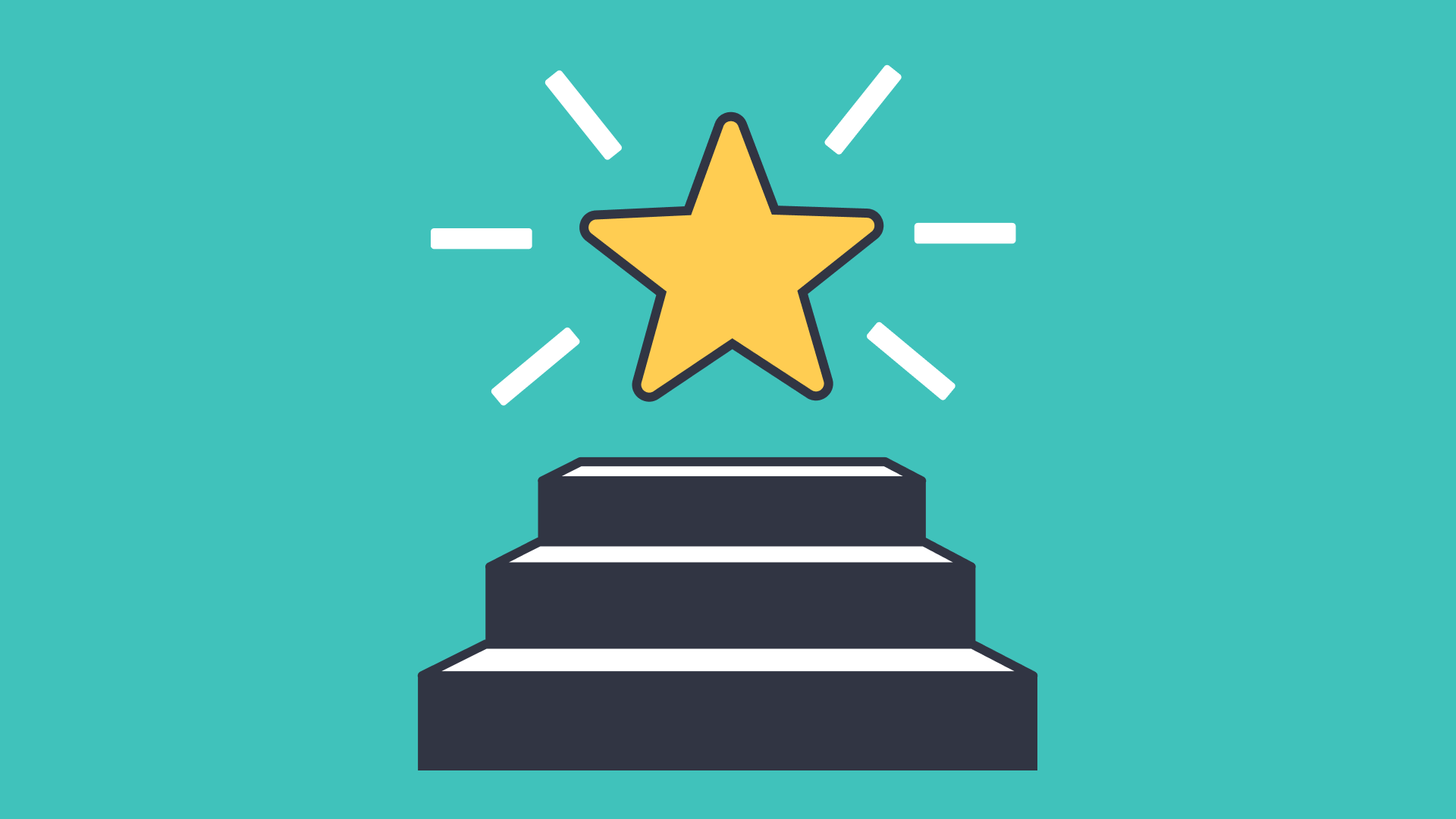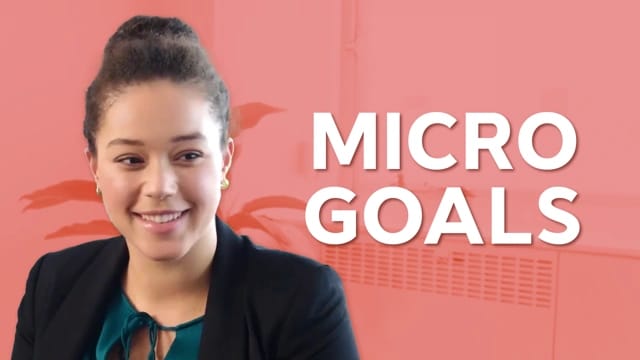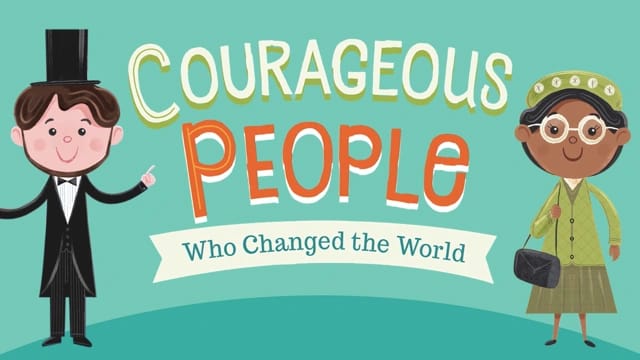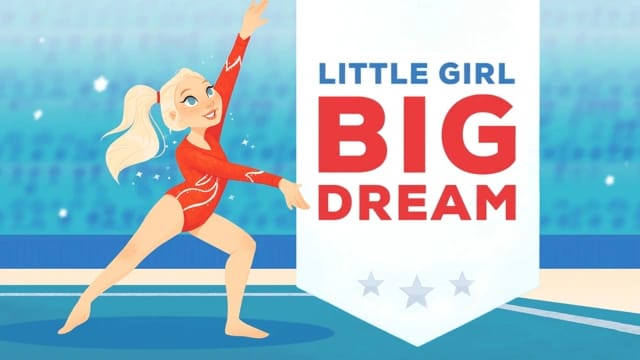Kickstarting the new year with goal-setting activities for students
In this guide
The beginning of a new year is the perfect time to inspire students to think about the big goals they have for their future and set meaningful goals.
Goal-setting is a powerful tool and mindset that teaches students the value of self-discipline, perseverance, and a growth mindset.
Goal-setting is not just about achievement; it is about:
- Teaching students to set and dream big,
- Fostering growth, and
- Breaking those dreams into manageable and actionable steps.
It is important to teach students the connection between effort and progress. This life skill is important for students to become more engaged in their learning and develop an innate responsibility and motivation to reach their goals!
By incorporating goal-setting into your classroom routines, you are not just helping students succeed in their academic life, you are teaching them skills that will benefit them for life.
The importance of goal-setting for students
Goal-setting is an important skill to teach students both for the classroom and real life! When students set clear and realistic goals they are more likely to stay motivated in class, manage their time effectively, and push through challenges in life.
1) Build a growth mindset
Begin by watching Growth Mindset to ensure students are clear about this term and how they can apply it in their lives.
After watching the video, ask students how having a growth mindset could help them develop better goals. Developing a growth mindset will help students view challenges and obstacles as opportunities to grow and learn more.
2) Enhance motivation

Having a specific goal helps students understand why their efforts matter.
Think about setting goals that are both academic and personal to create a well-rounded student.
3) Life skills
The process of setting and working towards goals teaches students many valuable skills that can be utilised both in your classroom and in the world outside of the school.
Learning how to problem-solve, persevere, and reflect are all important life skills students will need in school and as adults.
Goal-setting activities in the classroom
Having goal-setting activities for students in your back pocket as a teacher is helpful at the beginning of the school year or a great activity throughout the year as necessary.
1) SMART Goals
Teach students how to how to set goals using the SMART acronym:
- Specific,
- Measurable,
- Achievable,
- Relevant, and
- Time-bound
How can I do this?
- Have students meet with a partner.
- Using the SMART framework, each partner sets a goal both personally and academically.
- For example, “I will improve my maths score by practising my times tables for 20 minutes each day. My aim is to achieve 80% at the end of term assessment.”
- Students evaluate their partner’s goals making sure that all SMART framework is met.
- These goals are stored and revisited, reshaped and new goals are set throughout the year.

2) Vision boards
Students could also create visual representations of their goals in order to set their sights on the future.
- Give students visuals such as magazine clippings and pictures, and art supplies or online tools.
- Students design vision boards on paper or digitally with words and pictures to represent their futures.
- Think about both large and small goals to include on vision boards.
- Watch Micro Goals while thinking about setting smaller goals and representing them on your vision board.
3) ‘Future Me’ letters
Students write letters to their future selves.
- Students can create letters on paper or digitally.
- Ask students to write a letter to their future selves and describe goals they hope to achieve.
- Have students include a plan on how students will achieve their goals.
- Seal the letters and return them to students at the end of the school year.
4) Tracking charts
Create visual trackers like bar graphs or thermometer charts in your classroom to track and monitor progress!
- Use large poster paper or digital platforms to create individualised charts to track goals.
- Have students add little reward points along the way to help them reach their ultimate goals.
- Create a thermometer to monitor class progress towards a specific and measurable goal, for example, “lining up within 2 minutes.”
Colour in a section of the thermometer to model for students how they might track their own goals
Integrating technology into goal-setting
Incorporating technology can make goal-setting activities for students even more engaging in the digital world.
1) Digital goal-setting
- Using specifically designed goal-setting apps, or notes and calendar apps on devices gives students opportunities to list, organise, and track their goals.
- Have students share their progress with a classroom buddy or mentor either at school or home.
2) Online journalling
- Encourage students to document their goals and experience through creating online blog posts!
- Use tools like Seesaw to have students orally process their goals and keep track of classmate’s goals.

3) Online goal wall
- Utilise an interactive whiteboard to update as students make progress toward their individual goals.
- Each time a student makes progress, they can update the board on their own device or on a shared classroom device.
- This will not only boost morale in your classroom but also motivate students to work towards their goals with friends!
4) Goal-setting games
- Another great goal-setting activity for students is to transform goal-setting into a game!
- Students can earn tokens, prizes, points, or badges for completing tasks that lead them closer to their goals. For example, every time a student reads for 15 minutes they earn a token in order to cash in for a larger prize.
- Digital platforms like ClassDojo make gamification easy in the classroom!
Resources to support goal-setting activities
There are so many resources and books that can complement your goal-setting activities for students.
The following books and resources will make for great conversations about goal-setting in the classroom!
- Watch and learn about the United Nations’ Sustainable Development Goals.
Learning about global goal-setting can help students see the big picture in setting goals and achieving them. - ‘What Do You Do With an Idea?’ by Kobi Yamada
This text will make for a great read aloud about setting goals and seeing the value in working towards your goals and big ideas. - Courageous People Who Changed the World, students can learn about important figures in history who changed the world.
Inspire your students with the stories of people who set big goals and worked towards them! - Dream You’ll Be gives students ideas of big goals they can set for themselves and how they might reach those goals!
Discuss the jobs and dreams that are shared in the read aloud. What smaller goals could students set in order to become an architect? A ballerina?
Discuss these options so students will be able to apply this thinking to their own goals. - Becoming an Olympian takes a lot of hard work, determination, and pursuing goals. In Little Girl, Big Dream, Samantha shows students how to work towards goals and set your sights high!
Conclusion
Goal-setting activities for students are more than just checking boxes off a list. They are about fostering a sense of motivation and purpose, building perseverance, and teaching student’s lifelong skills. Students can discover the power of working hard and the joy of accomplishment through setting and working towards big goals.
Teachers have the ability to unlock students’ power in their personal and academic lives. Creating a classroom that fosters and values goal-setting can empower students to dream big dreams that they will be able to reach. Using visual vision boards, writing partner SMART goals, or having a discussion surrounding shared-reading, can inspire students to become a better version of themselves.
Start the new year off strong by creating engaging goal-setting activities for your students! Watch your students take hold of their lives by transforming your goal-setting practices in the classroom.

Victoria Dotson
briefcase iconLiteracy Specialist
Victoria Dotson, an esteemed educator and professor in Chicago, Illinois, leverages her background as a Literacy Specialist to support multilingual learners and mentor preservice teachers. Victoria excels in developing literacy practices, promoting diverse literacy experiences in the classroom, and developing restorative curriculum.
Other posts
Want more content like this?
Subscribe for blog updates, monthly video releases, trending topics, and exclusive content delivered straight to your inbox.














